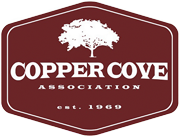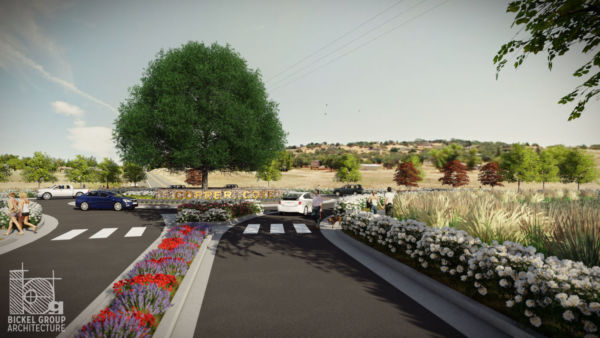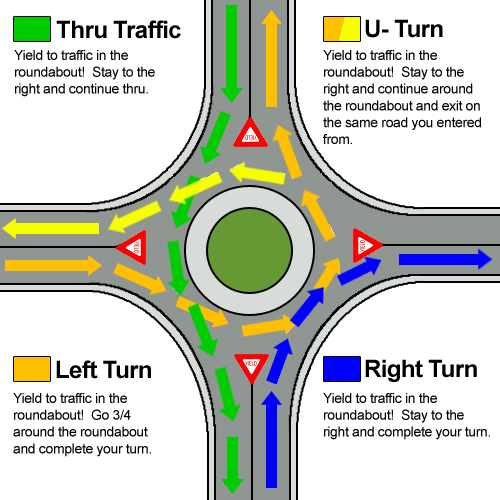Roundabout at Copper Cove Drive and Little John
Recently CopperCove.Org carried a story about the planning for the construction of a roundabout at Copper Cove Drive and Little John Road. A number of questions have been raised about them and we felt it important to provide the public some background on them.
On various social media, concerns were expressed about a roundabouts impact on traffic, noise, and esthetics. The bottomline reason experts favor roundabouts is safety. The Washington State Department of Transportation has completed an excellent on this aspect of roundabouts. Click here
The Federal Highway Administration has published a comprehensive online backgrounder that explains roundabouts. Click here to read it.
Questions were raised by some residents about safety for pedestrians. According to experts they again enhance safety for pedestrians. This excellent analysis was completed by Department of Civil, Environmental and Aerospace Engineering, Palermo University, Italy on their experience in Europe will provide some important perspectives.
The reality is that roundabouts are being built throughout the west now and right here in the Mother Lode. Last summer MotherLode.Com published a summary more of them are being built here in our foothills communities.

Wikipedia provides an excellent summary:
“A roundabout, also called a traffic circle, road circle, rotary, rotunda or island, is a type of circular intersection or junction in which road traffic flows almost continuously in one direction around a central island.[1]
So-called “modern” roundabouts require entering traffic to give way to traffic already in the circle and optimally observe various design rules to increase safety. Compared to stop signs, traffic signals, and earlier forms of roundabouts, modern roundabouts reduce the likelihood and severity of collisions by reducing traffic speeds and minimizing T-bone and head-on collisions.[2]Variations on the basic concept include integration with tram and/or train lines, two-way flow, higher speeds and many others.
Traffic exiting the roundabout comes from one direction, rather than three, simplifying the pedestrian’s visual environment. Traffic moves slowly enough to allow visual engagement with pedestrians, encouraging deference towards them. Other benefits include reduced driver confusion associated with perpendicular junctions and reduced queuing associated with traffic lights. They allow U-turns within the normal flow of traffic, which often are not possible at other forms of junction. Moreover, since vehicles on average spend less time idling at roundabouts than at signaled intersections, using a roundabout potentially leads to less pollution.[3][4] When entering vehicles only need to give way, they do not always perform a full stop; as a result, by keeping a part of their momentum, the engine will produce less work to regain the initial speed, resulting in lower emissions. Research has also shown that slow moving traffic in roundabouts makes less noise than traffic that must stop and start, speed up and brake.[5]
Modern roundabouts are commonplace throughout the world. Half of the world’s roundabouts are in France (more than 30,000 as of 2008), although the United Kingdom has more as a proportion of the road than any other country.[6]”
Since Roundabout are relatively knew to the western portion of the nation there is some confusion about how they work. The Delaware Department of Transportation created this excellent graphic that explains how they work.
Our hope is that this short background paper will provide our residents and members a better understanding of why the installation of the roundabout in our community will only improve our community and make it safer and a more pleasing place to live.


